It was designed by engineer Theophile Seyrig and inaugurated in October 1877.
It had 150 workers from Eiffel Constructions Métalliques, and used 1,600,000 kg of iron.
It was the first construction to take into account the effects of the region’s winds, and despite the complexity of the bridge it did not take even 2 years to build.
The dimensions of the width of the river and the surrounding escarpments, required the construction of the largest iron arch in the world, with a span of 160m, and a deck of 352m, 61m away from the average water level of the river. It was a construction at the limit of the possibilities of metallic construction. At the time, this bridge was an engineering feat that dazzled the Portuguese and foreigners alike.
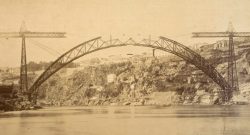 It marked the arrival of the railway to the city of Porto, and the connection between Porto and the south at the railway level was its function. It made it possible to complete the railway connection between Porto and Lisbon which, at the time, ended at Devesas station in Vila Nova de Gaia. It had a profound impact on the economy of the region, as the city of Porto became the hub of a set of important railway lines and allowed the reordering of the urban fabric according to the location of the stations.
It marked the arrival of the railway to the city of Porto, and the connection between Porto and the south at the railway level was its function. It made it possible to complete the railway connection between Porto and Lisbon which, at the time, ended at Devesas station in Vila Nova de Gaia. It had a profound impact on the economy of the region, as the city of Porto became the hub of a set of important railway lines and allowed the reordering of the urban fabric according to the location of the stations.
The inauguration party on 4 November 1877 was a great success, presided over by King Luís I and Queen Maria Pia, after whom it was named.
The crowds came to watch the memorable spectacle, filling the surroundings of the “work of art”, waving handkerchiefs as the first train crossed the bridge, with 24 carriages and around 1200 people on board.
The safety of the bridge has been amply proven with the passage of trains for over 100 years.
It is classified as a national monument and is the only Portuguese monument on the American Society of Engineering’s list of great engineering works.
With the appearance of the new São João Bridge, the D Maria Pia bridge was decommissioned on 1 June 1991, and since that day it has been patiently awaiting the future, with the restoration of this work of art a priority.
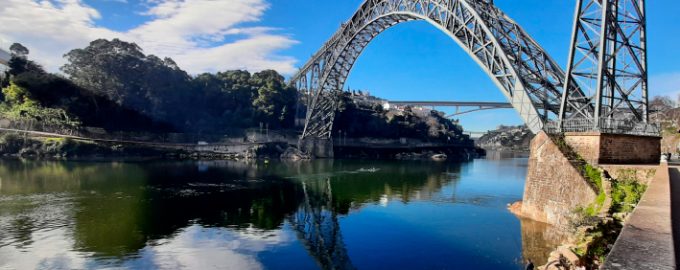
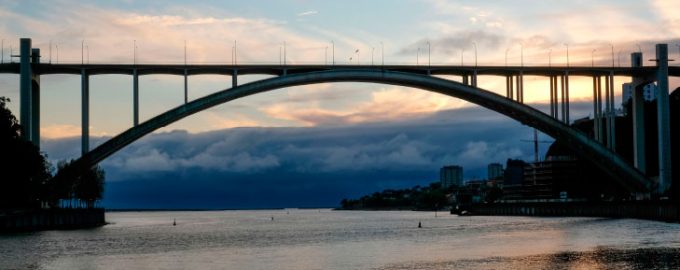
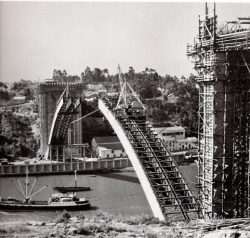 The Arrábida Bridge is an internationally recognised masterpiece of bridge engineering.
The Arrábida Bridge is an internationally recognised masterpiece of bridge engineering.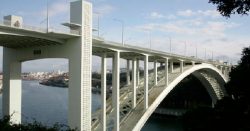 Of the various bridges over the Douro River estuary, the Arrábida Bridge is the closest to the estuary.
Of the various bridges over the Douro River estuary, the Arrábida Bridge is the closest to the estuary.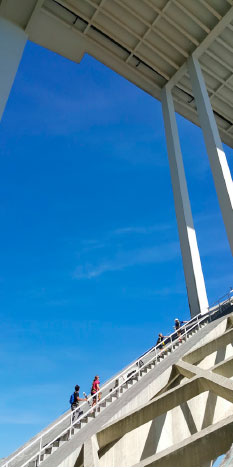 Did you Know?
Did you Know?
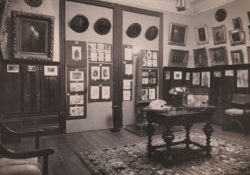 Located in S. Mamede Infesta, it is a construction from the end of the XIX century. An 17th century chapel is attached, which served as a workshop for the patron. It was in this house that the last years of existence of the Portuguese scientist and professor passed.
Located in S. Mamede Infesta, it is a construction from the end of the XIX century. An 17th century chapel is attached, which served as a workshop for the patron. It was in this house that the last years of existence of the Portuguese scientist and professor passed.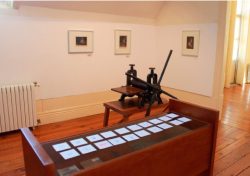
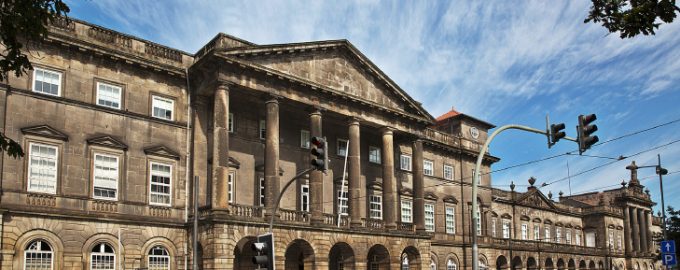
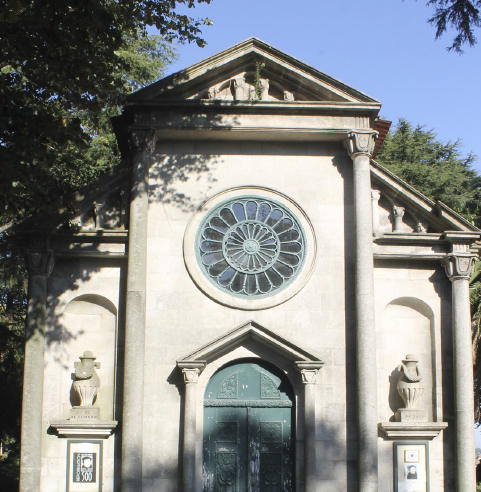
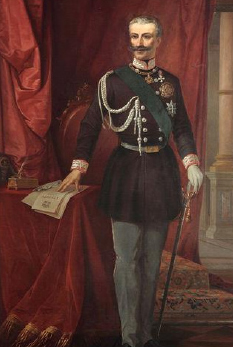 Carlos Alberto of Sardinia was born in Turin, Italy, in 1798. He was King of Sardinia from 1831 and was one of the fathers of the unification of Italy, a country that was divided into several political entities, all more or less controlled by the Austro-Hungarian Empire.
Carlos Alberto of Sardinia was born in Turin, Italy, in 1798. He was King of Sardinia from 1831 and was one of the fathers of the unification of Italy, a country that was divided into several political entities, all more or less controlled by the Austro-Hungarian Empire.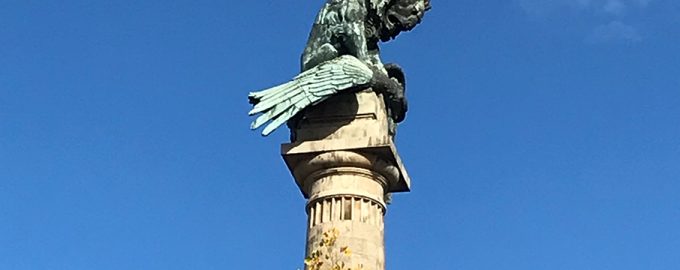
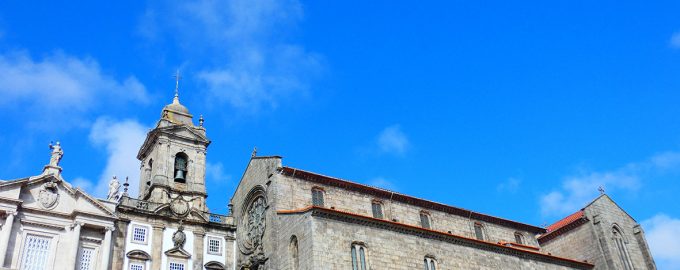
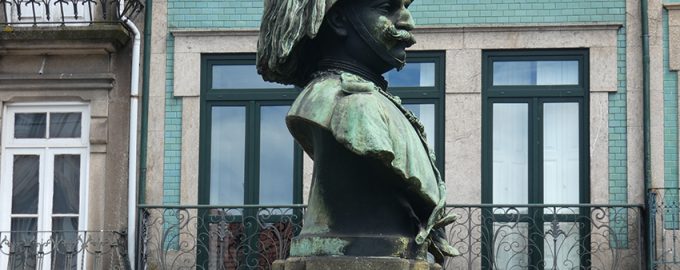

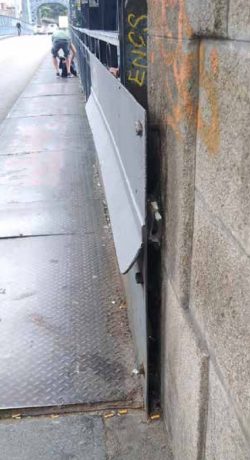 The Luís I bridge, one of the most emblematic structures of the city of Porto, was built in the 19th century and is now considered a World Heritage Site. However, in the mid-twentieth century, the bridge began to show disturbing signs of corrosion due, in particular, to the passage of the tram in the upper board of the bridge.
The Luís I bridge, one of the most emblematic structures of the city of Porto, was built in the 19th century and is now considered a World Heritage Site. However, in the mid-twentieth century, the bridge began to show disturbing signs of corrosion due, in particular, to the passage of the tram in the upper board of the bridge.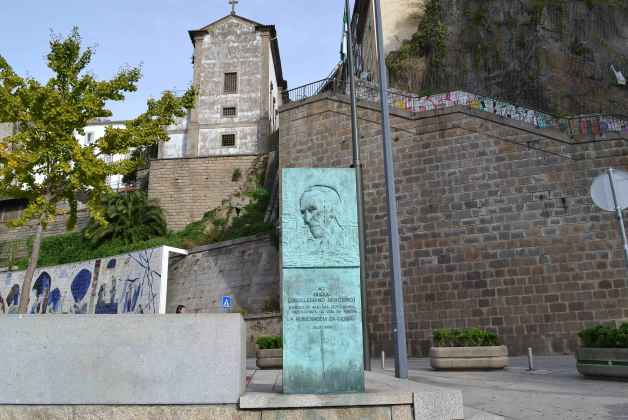
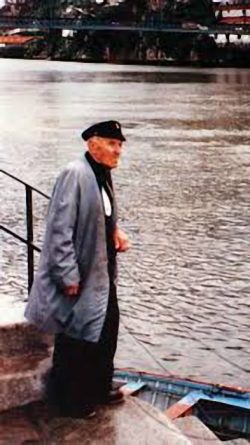 If you stroll through the Ribeira area, which you will have to do if you come to Porto, it is very likely that you will cross the statue in honor of Deocleciano Monteiro (exact location is at Rua Cimo
If you stroll through the Ribeira area, which you will have to do if you come to Porto, it is very likely that you will cross the statue in honor of Deocleciano Monteiro (exact location is at Rua Cimo
